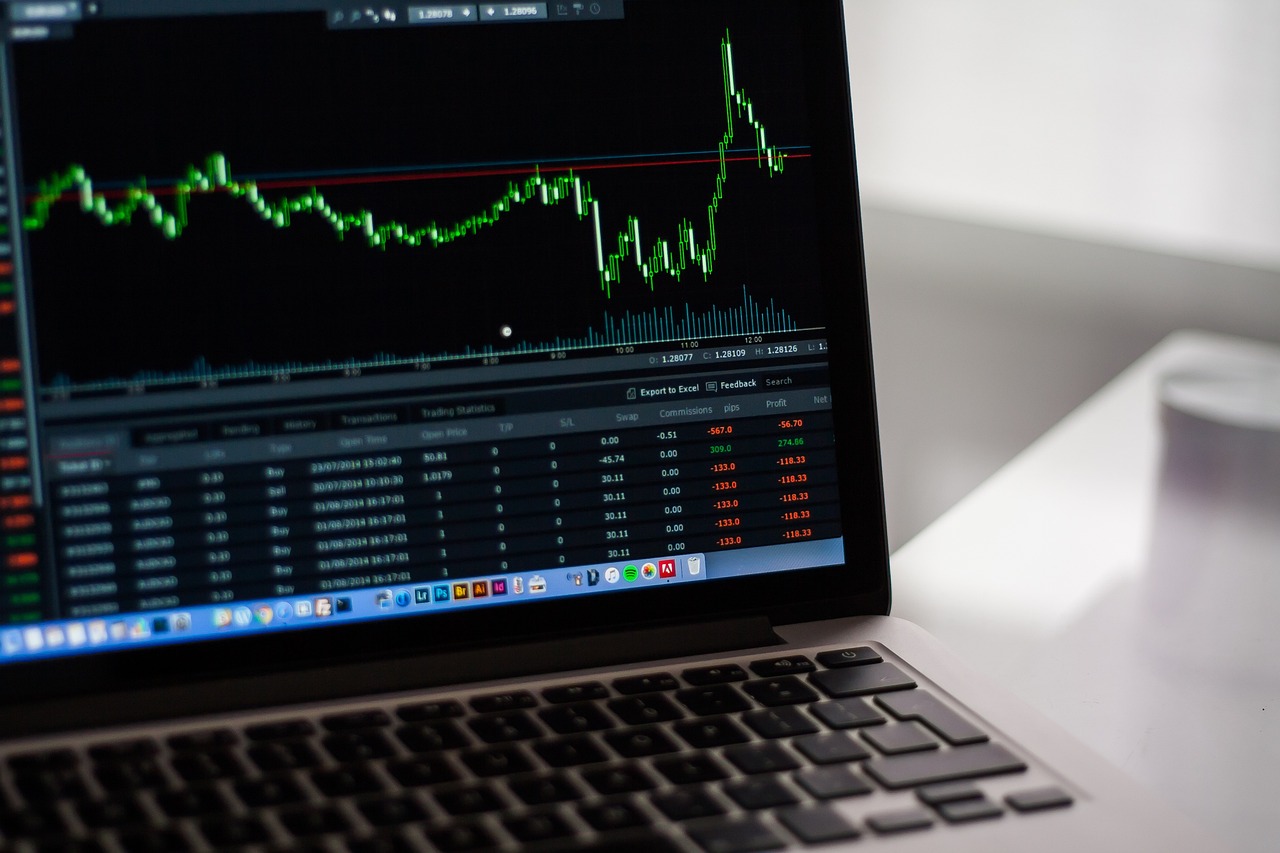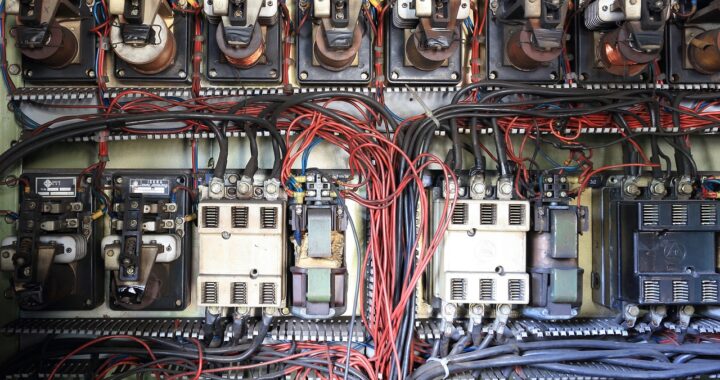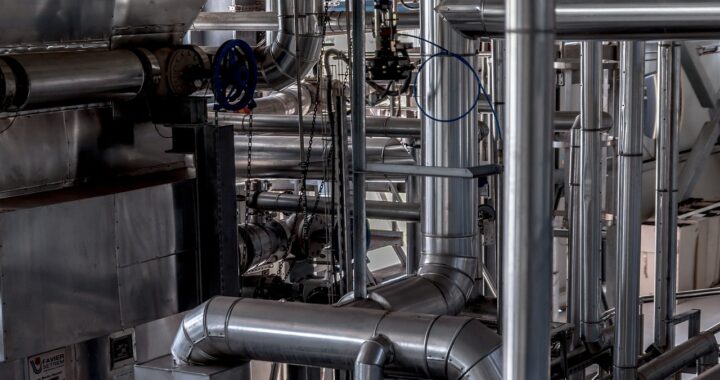In the realm of control systems, few techniques are as ubiquitous and essential as Proportional-Integral-Derivative (PID) controllers. These controllers form the backbone of automation processes in industries ranging from manufacturing to robotics, ensuring precise regulation of parameters like temperature, pressure, and speed. However, the efficiency and effectiveness of a PID controller hinge on a crucial step: tuning. In this blog, we delve into the world of PID tuning methods, exploring the strategies that empower engineers to optimize control loops for superior performance.

Table of Contents
ToggleUnderstanding PID Control
Before we delve into the art of tuning, let's revisit the fundamentals of PID control. A PID controller calculates an output signal based on three error components: proportional (P), integral (I), and derivative (D). These components work in harmony to minimize the difference between the desired setpoint and the actual process variable.
Proportional (P): The “P” component responds proportionally to the current error, aiming to reduce it quickly. However, relying solely on P control can lead to oscillations and instability.
Integral (I): The “I” component accumulates past errors to eliminate steady-state errors that might persist under P control alone. It's effective at addressing long-term discrepancies but can introduce overshooting.
Derivative (D): The “D” component anticipates future errors by considering the rate of change of the error. It helps dampen overshoot and improve stability.
Watch complete explanation of PID in Hindi..
Importance of PID Tuning
PID controllers come with default settings, but these settings may not be suitable for every system. Proper tuning is crucial to achieve desired outcomes such as fast response, minimal overshooting, and reduced settling time. Poorly tuned controllers can result in erratic behavior, inefficient energy usage, and decreased product quality.
Common PID Tuning Methods
- Manual Tuning: This method involves iteratively adjusting the P, I, and D gains while observing the system's response. It requires intuition and experience to strike a balance between responsiveness and stability.
- Ziegler-Nichols Method: Ziegler and Nichols introduced a systematic approach involving step tests to determine the ultimate gain and ultimate period. Based on these parameters, the P, I, and D gains are computed.
- Cohen-Coon Method: This method simplifies the tuning process by applying formulas based on step response data. It's particularly useful for systems with significant lag.
- Tyreus-Luyben Method: This approach involves modifying the parameters using a set of rules based on the process time constants and time delays.
- Model-Based Tuning: Leveraging mathematical models of the system, model-based methods use optimization algorithms to find optimal PID parameters.
- Auto-tuning Algorithms: These algorithms, often built into modern controllers, use system identification techniques to adjust PID parameters automatically. They adapt to changing conditions and system dynamics.
Considerations for PID Tuning
System Dynamics: Understanding the dynamics of the controlled system, such as inertia and time delays, is crucial for selecting appropriate tuning methods.
Performance Requirements: The desired system behavior – whether it's fast response, minimal overshooting, or other factors influences the choice of tuning method.
Stability: While responsiveness is important, stability is paramount. Over-aggressive tuning can lead to oscillations or even instability.
Future of PID tuning
The future of PID tuning holds exciting prospects as industries embrace advanced technologies. With the rise of machine learning, artificial intelligence, and data analytics, PID tuning is poised for automation and optimization like never before. Adaptive PID algorithms will dynamically adjust parameters based on real-time data, enhancing system stability and performance. Self-tuning controllers, empowered by predictive analytics, will anticipate changes in processes and adjust settings proactively. Moreover, the synergy of PID control with Industry 4.0 concepts promises a new era of smart manufacturing, where interconnected cyber-physical systems optimize processes and drive efficiency. As complex systems become the norm, PID tuning will evolve into a seamlessly integrated and intelligent process, ensuring precise control and superior outcomes across various industries.
Conclusion
PID controllers play a pivotal role in maintaining precision and stability in control systems across various industries. However, their effectiveness hinges on proper tuning, a process that balances the complexities of the controlled system with the desired performance objectives. Whether relying on manual tuning methods, systematic approaches, or advanced algorithms, engineers must continually refine their tuning techniques to achieve optimal results. In the dynamic world of automation, mastery over PID tuning methods is the key to unlocking unparalleled control over complex processes.
References: Wikipedia Page
Read More: Namur NE43


